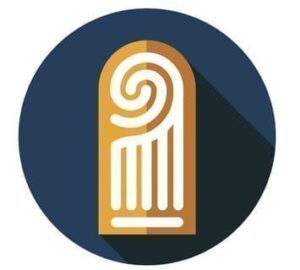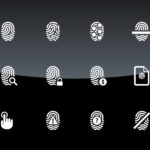A University of Toronto Mississauga forensic science student is developing a new sandblasting technique that would allow investigators to find latent prints at a crime scene much more quickly. The sandblasting technique is intended to replace the more traditional dusting technique, which requires the careful application of a specialized powder with a soft (and small) brush akin to one that might be used to put on makeup.

The problem, according to fourth-year student Bethany Krebs, is that that dusting process takes quite a bit of time, especially when the forensics team needs to make its way through a large crime scene and check multiple surfaces for prints. There is also a risk of damaging the prints if the brush is used too forcefully.
The new technique, on the other hand, uses a sandblasting gun hooked up to an air compressor to spray a fluorescent cornstarch powder over a wide surface area in a short amount of time. In testing, Krebs was able to find 76 percent (110 out of 144) of the prints placed on six different test surfaces with enough resolution to support a subsequent fingerprint match.
“It comes out as a cloud – it’s just settling on the fingerprints rather than being manually applied,” explained Krebs. “It is completely contactless, meaning there is much less potential to damage prints.”
The sandblaster was tested on glass, drywall, steel, tile, laminate countertop, and treated hardwood. Krebs noted that the cornstarch is both more affordable and less toxic than the aluminum, bronze, or graphite powders used for traditional dusting, making it a safe and accessible option for aerosol deployment. All of the powders adhere to the sweat, oil, and other natural residues to make the latent prints visible to the naked eye.
“This has the potential to be a viable alternative to detecting fingerprints, particularly with larger crime scenes where there are time and resource constraints,” concluded Krebs.
Krebs is now searching for an opportunity to publish her research, which was conducted under the guidance of instructor Wade Knapp and lab technician Agate Gapinska-Serwin. Both Knapp and Gapinska-Serwin were involved in a separate University of Toronto study that used slime to pull better fingerprint samples off of different materials.
If used together, Krebs technique would help investigators locate prints, while the slime technique would make it easier to use those prints once they have been found. In the meantime, researchers at the University of Nottingham and the University of Derby are trying to use Time-of-Flight Secondary Ion Mass Spectroscopy to read prints on metal surfaces.
Source: University of Toronto
–
May 5, 2021 – by Eric Weiss








Follow Us